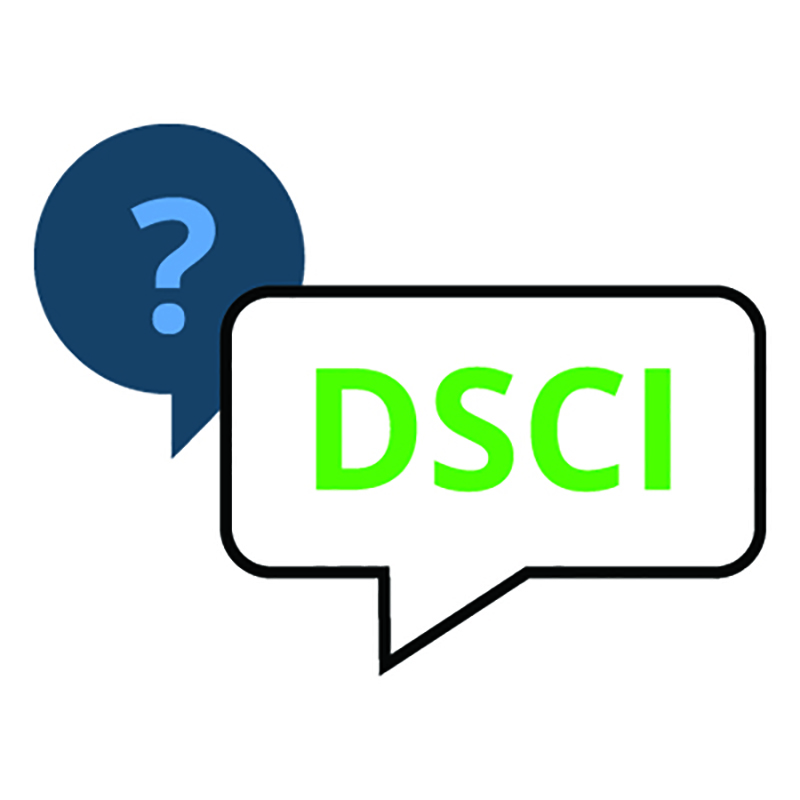By Nadine Wentzell, NDASA member and owner of Nadine Wentzell Consulting, Inc., a workplace drug, alcohol and cannabis consultancy in Halifax, Nova Scotia.
My primary role as a workplace drug, alcohol and cannabis consultant is to educate. One of the key areas of this focus is to help people understand that addiction is not a choice, a momentary lapse in morals or a character flaw. It is a medical illness requiring a medical approach to treatment – similar to the approach applied to most medical conditions, like high blood pressure or diabetes, for example.
Substance addiction is a significant and prevalent mental health disorder. It’s in the DSM-5 (Diagnostic and Statistical Manual of Mental Disorders by the American Psychiatric Association). The DSM-5 is the standard reference used by licensed health care professionals who treat people with mental health disorders. Specifically, it identifies the criteria for Substance Use Disorder (SUD) on a continuum from mild to severe – which is how addiction specialists will word their determination of substance addiction. This information is essential for employers to know because it guides subsequent actions and is the first step to appropriate management.
Why and how is all of this relevant to a workplace?
Substance addiction is a disability, a protected ground under the Canadian Charter of Rights and Freedoms. An employer cannot discriminate on these grounds and has a duty to accommodate the employee – to the point of undue hardship. [Editor’s Note: In the U.S., Drug addiction, is a disability under Section 504 of the Rehabilitation Act, the Americans with Disabilities Act, and Section 1557 of the Affordable Care Act, when the drug addiction substantially limits a major life activity.]
So, that begs the question: How is substance addiction determined? Well, many employers have Human Resource specialists who are tasked with figuring this all out; others have safety professionals and/or disability case managers they rely on to make this determination.
Any medical determinations made by any of these individuals subjects an employer to legal challenge, and rightfully so. Not to mention the problem that arises when employees who do not have health professional designations or qualifications access the personal and private medical information of other employees. This practice is not uncommon in many workplaces. It is important to remember that such information is protected under privacy and health law legislation, or both, depending on the province(s), state(s) and countries in which your organization conducts business. As you can probably begin to see – or have already figured out – this could go wrong in so many ways.
So, what’s the solution?
How does an employer begin to address this requirement? A determination of addiction needs to be made by an experienced and credentialled health care practitioner who meets the established criteria of a Substance Abuse Expert (SAE). An SAE is not to be confused with a Substance Abuse Professional (SAP). [Editor’s Note: The SAE and SAP have similar roles. The SAP evaluates employees who have violated a U.S. Department of Transportation drug and alcohol program regulation and makes recommendations concerning education, treatment, follow-up testing. This role does not exist in Canada.]
The SAE is the appropriate health professional specialist to conduct a face-to-face assessment whenever possible – however in the interim, in these days of COVID-19, a videoconference may have to suffice. After completing a comprehensive assessment, the SAE determines whether or not an employee has a substance addiction. This highly specialized health professional’s involvement is the pivotal and key element of any effective health and safety-based Drug and Alcohol Program.[Editor’s Note: In the DOT regulated workplace https://www.transportation.gov/odapc/sap, the SAP represents “the major decision point (and in some cases the only decision point) an employer may have in choosing whether or not to place an employee behind the steering wheel of a school bus, in the cockpit of a plane, at the helm of an oil tanker, at the throttle of a train, in the engineer compartment of a subway car, or at the emergency control valves of a natural gas pipeline.
The SAP is an advocate for neither the employer nor the employee. Their function is to protect the public interest in safety by professionally evaluating the employee and recommending appropriate education and/or treatment, follow-up tests, and aftercare.”]

